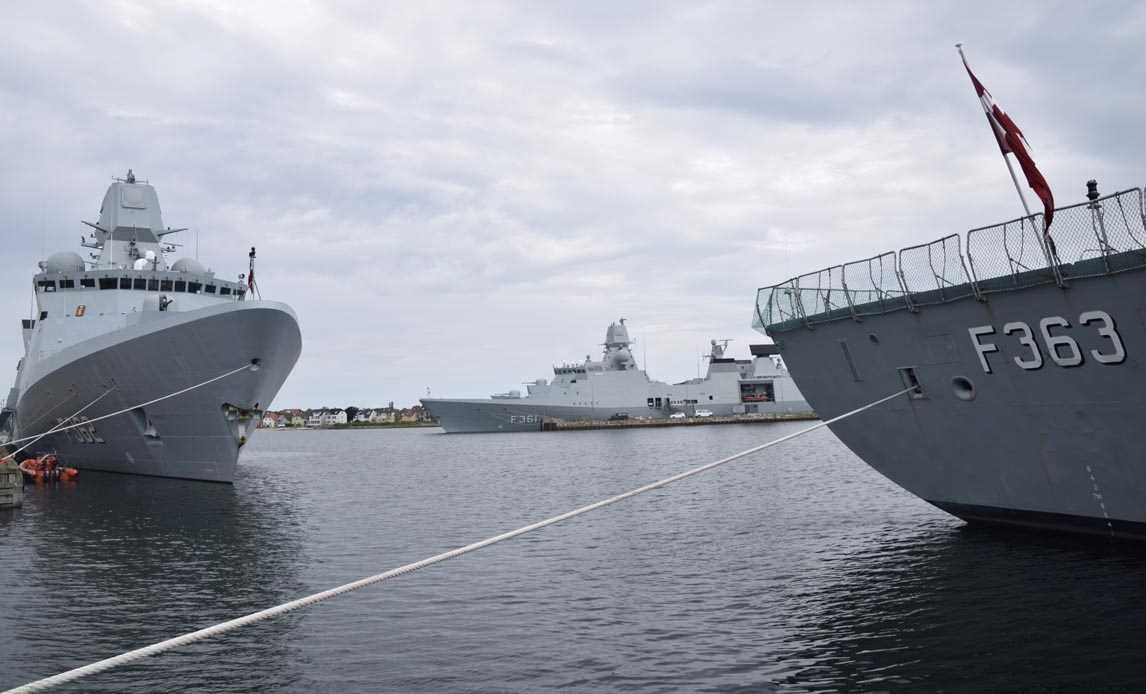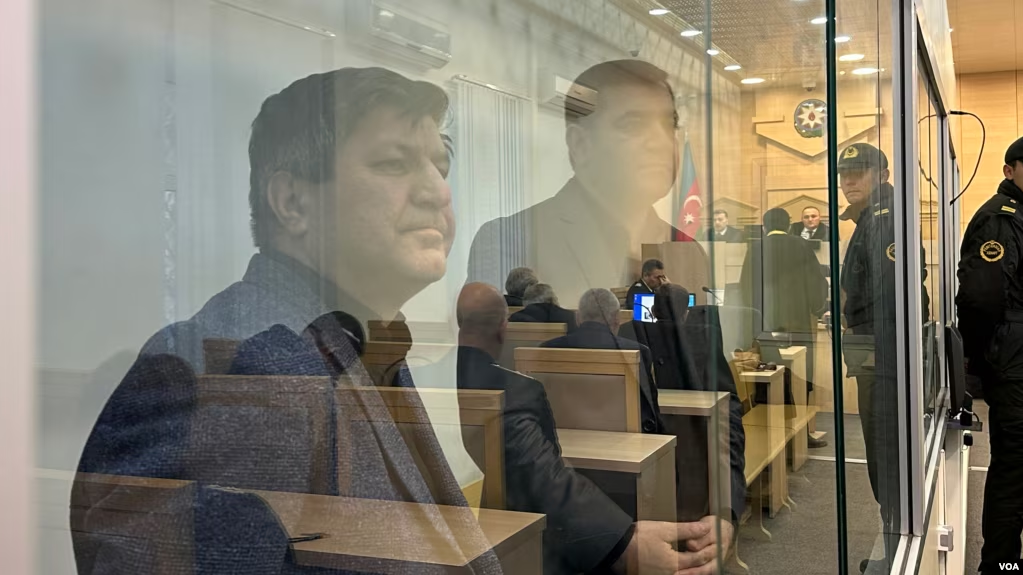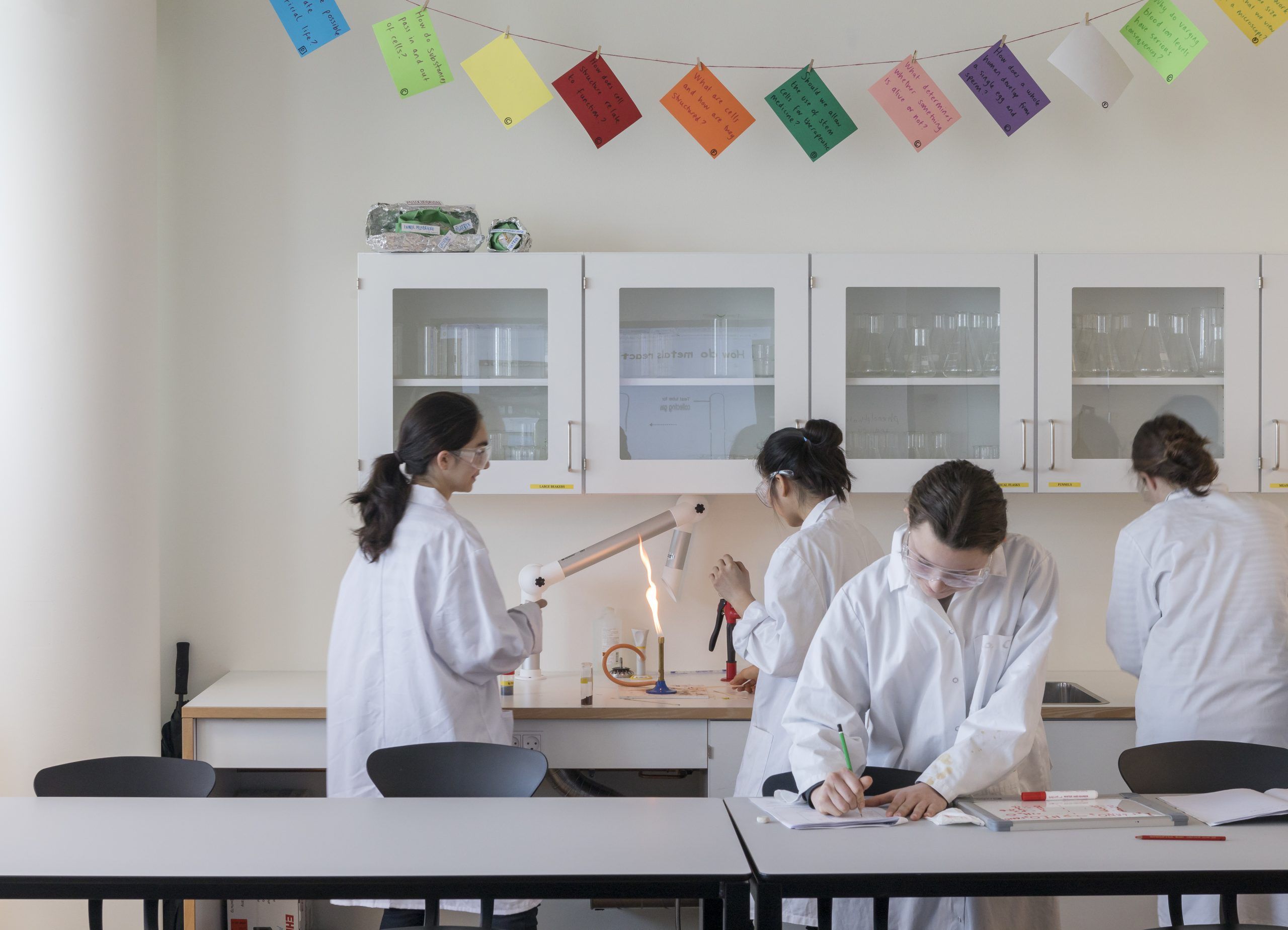The Environment and Food Ministry wants to change the law so that in future farmers can use more fertilisers on their crops.
It is estimated that Danish farmers lose over 2 billion kroner a year due to the fertiliser limit – for instance, they have been forced to import extra soya from South America because the local wheat is so lacking in protein.
“We need to have growth and a good water environment,” explained the food and environment minister, Eva Kjer Hansen. “Farmers should be able to fertilise more, but we will keep our environmental responsibilities to the EU.”
“This autumn, the government will present an expansive food and agriculture package that will strengthen farmers’ ability to compete.”
READ MORE: Danish wheat found wanting by the global market
Danish wheat avoided
As it stands today, Danish farmers are not permitted to give their crops as much fertiliser as in other EU nations, and that has left Denmark’s crops in an inferior position on the global export markets.
Over the past 25 years, the quality of Danish wheat has fallen to such an extent that other parts of the world avoid Danish wheat when they purchase the crop on the EU wheat market. Its decline is widely blamed on the introduction of fertiliser limits in the 1990s.
Lars Hvidtfeldt, the deputy head of agriculture advocate association Landbrug & Fødevarer (L&F), was pleased that the government kept its recent election campaign promise.
“For years now, L&F has worked hard to get rid of the fertiliser limits, which have been a costly environmental instrument that has had much less of an effect on the environment than previously anticipated,” said Hvidtfeldt.
“The costs for the agriculture sector have been far greater than expected and completely out of proportion compared to the small environmental effect that society has gained due to the fertiliser limits.”











